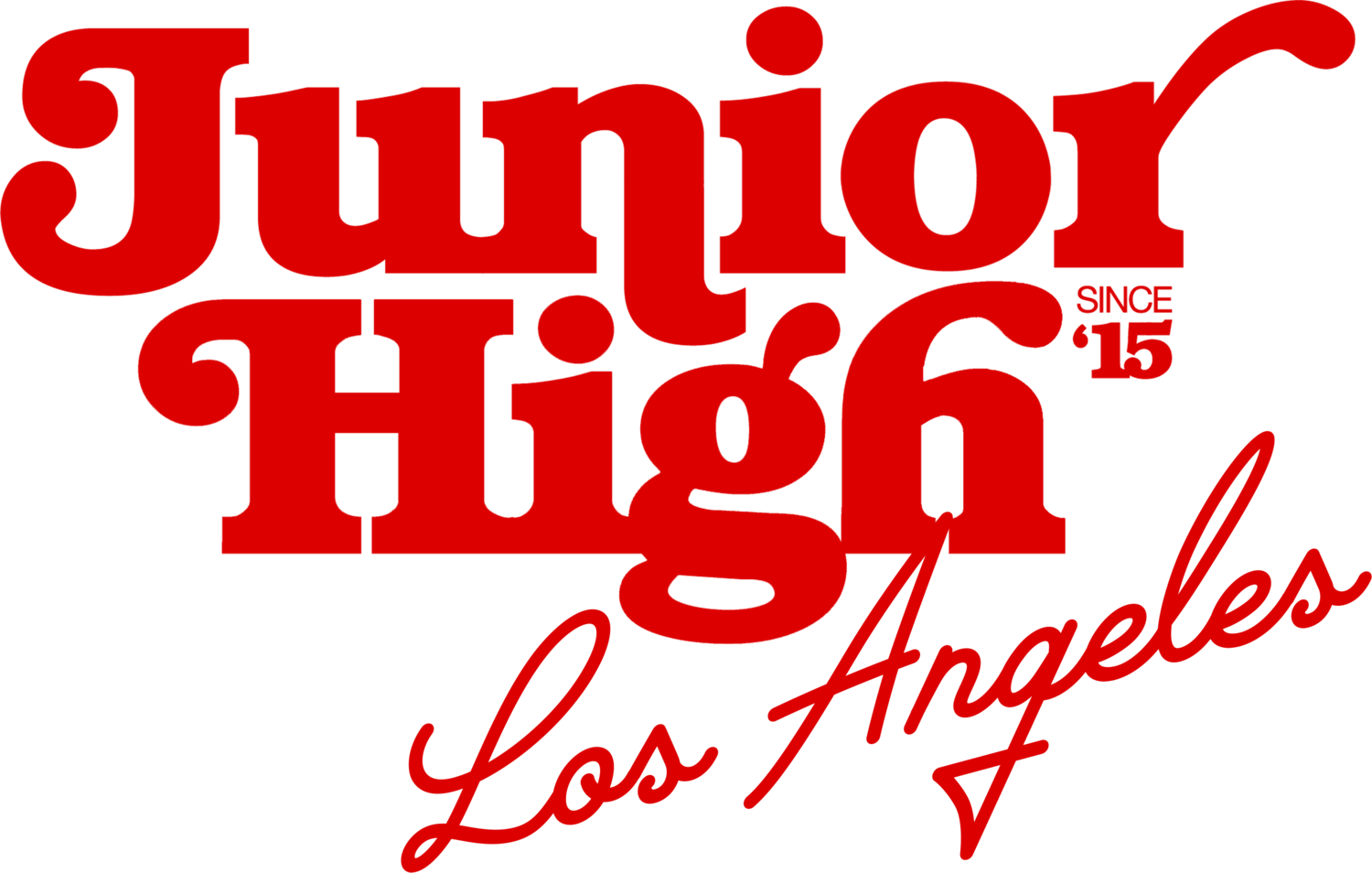Adobe’s War on the Poor
⤏ WHAT HAPPENS WHEN THE REQUISITE TOOL FOR ART AND DESIGN IS ONLY ACCESSIBLE TO THE WEALTHY
⤏ WRITTEN BY JULIANNA SY
⤏ GRAPHICS BY FAYE ORLOVE
Surprise! Capitalism and consumer culture are destroying creativity once again! But this time, Adobe and its “suite” of art and design apps is the culprit.
Adobe’s latest price increase has become yet another deterrent blurring the line between “career artist” and “struggling artist.” Our late-stage capitalist society tells us this should have been expected and “inflation” is part of a company’s obligation to its constituents i.e. make money no matter what. All the while, there is a complete disregard of how art has typically had a low barrier of entry, a perfect vehicle for anyone of any economic status to resist the status quo. Adobe’s subscription paywalls prove to be the antithesis of what art spaces — digital and physical — have historically represented. If poverty is the barrier to modern technology, then creativity and art become luxuries exclusively for the well-off.
So how much have these prices increased? Depending on what plan you’re on and where in the world you live, Adobe’s pricing plans — both individual and enterprise — have increased by about 4%. That doesn’t feel like much money when isolated, but when we factor in the existing price, increased cost of living, and higher taxes for the individual creative — freelancers and contractors — this can cause significant financial issues.
In 2011, Adobe made the decision to replace one-time software licenses with a software-as-a-service model. Meaning that customers could no longer buy its iconic software suite and own it for life. Instead, customers would pay a monthly subscription to access the suite in Adobe's Creative Cloud. For many long-time users, this cost has become an unbearable financial burden towards accessing programs that have become the requisite norm. As a full time artist in Los Angeles, accessing all of the Creative Suite apps is $54.99/month, or over $650/year.
”If poverty is the barrier to modern technology, then creativity and art become luxuries exclusively for the well-off.”
Adobe — a publicly traded company — saw their previously plateaued stock rise after the service model switch (this has always given me the ick). But as Adobe has become the de facto standard for file type deliverables and job requirements, it has always felt like a necessary evil. I remember the golden age of digital art; in which Adobe was an open source licensing software. Tragically, those days are long gone.
For those unfamiliar, “open source” is an umbrella term for different licensing models. Basically, open source means that anyone can look at the source code – the stuff software is built of. Most licensing under open source states that as long as it’s not for commercial use, anyone can see and/or use the program.
In creating true open source code, authors typically build off a “common core” or an established set of rules. This is usually done by volunteers! And good moderators! Oftentimes, open source applications have less bugs and errors because the process usually results in a much more robust peer review. In contrast, commercial products like Adobe’s apps don’t have the same level of peer review because their products don’t have to work, they just have to sell. Those who create open source programs often do it for the principle and the belief that technology should not be reserved for the wealthy.
A common response to my take on this issue is that it’s not “Adobe’s fault” if an artist can’t afford their prices. But this argument feels tone deaf. Sure, it’s not their responsibility to make their services accessible, but that doesn’t mean they’re not doing themselves and the arts a disservice.
When everyone is unable to create equally, only certain artists and their work/narratives will be centered. John Berger spoke to this when stating, “the art of any period tends to serve the ideological interests of the ruling class.” Marginalized voices and counterculture resist this notion simply by continuing to create. We build communities, both digital and physical, as an inherent response to oppression.
If those most oppressed cannot afford the means of operation, where does that leave the arts? Where does that leave us?
Quick list of alternatives that are either already free or have a 1-time payment:
Photoshop→ Affinity photo for $50 or Gimp for free
Lightroom→ Affinity photo has a “develop” tab which works very similar to lightroom // Luminar // darktable
Illustrator→ Affinity designer is super close to illustrator, $50 // Inkscape is a great free version
InDesign→ Affinity publisher
Premiere pro→ Davinci Resolve is the best option out there
AfterEffects→ Davinci Resolve includes a “fusion” tab; this one is tricky because fusion is a node-based program whereas AE is a layer based program. So this takes some re-learning and is probably the steepest learning curve on this list. BUT if you want a layer-based solution, HitFilm has a free and paid version of their software.
If you need something for 3D / CGI - Blender is completely free and has all the settings you could want.
Audition→ Davinci Resolve has their “fairlight” tab which works pretty much the same. If you need another piece of software just for recording audio, Audacity is a great free alternative.
Substance designer→ Quixel Mixer and Material Maker are great for 3D modeling and texture design.

